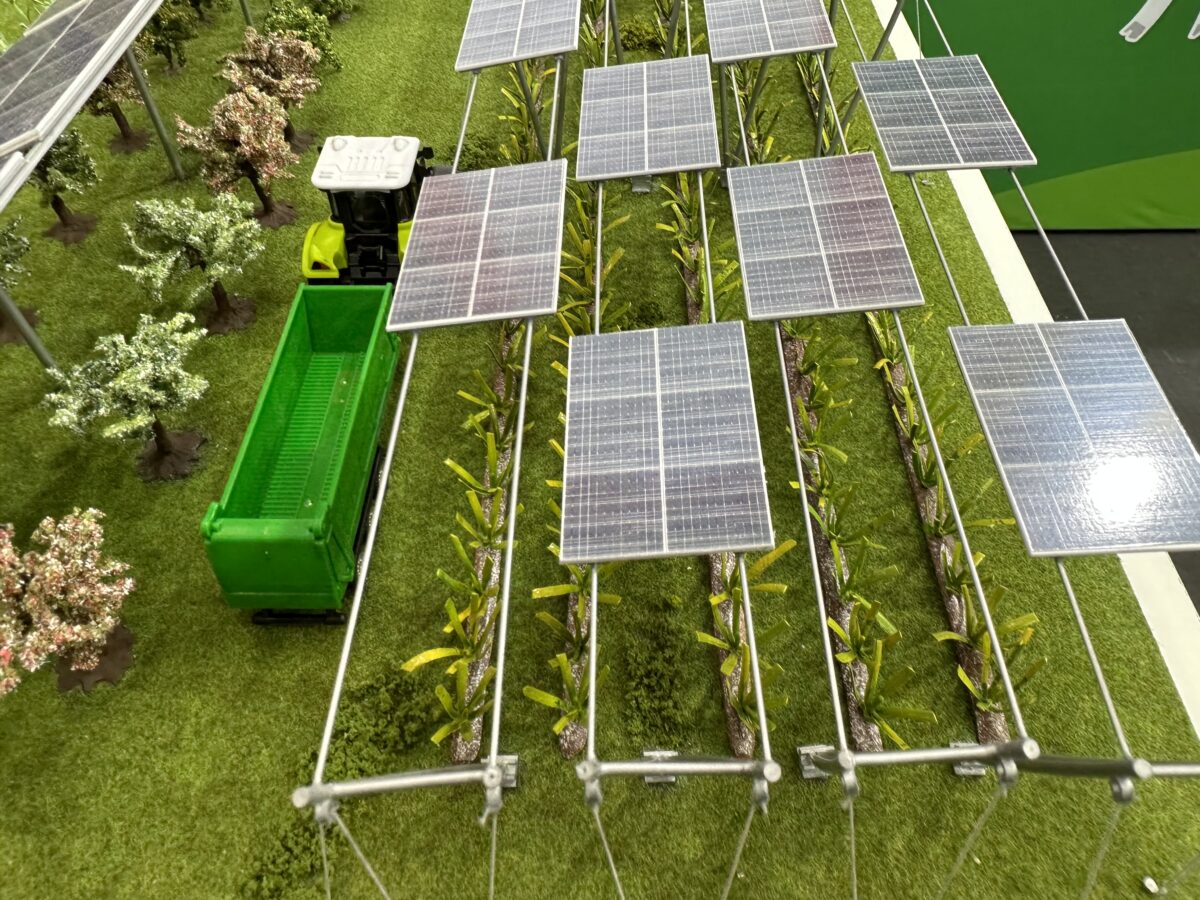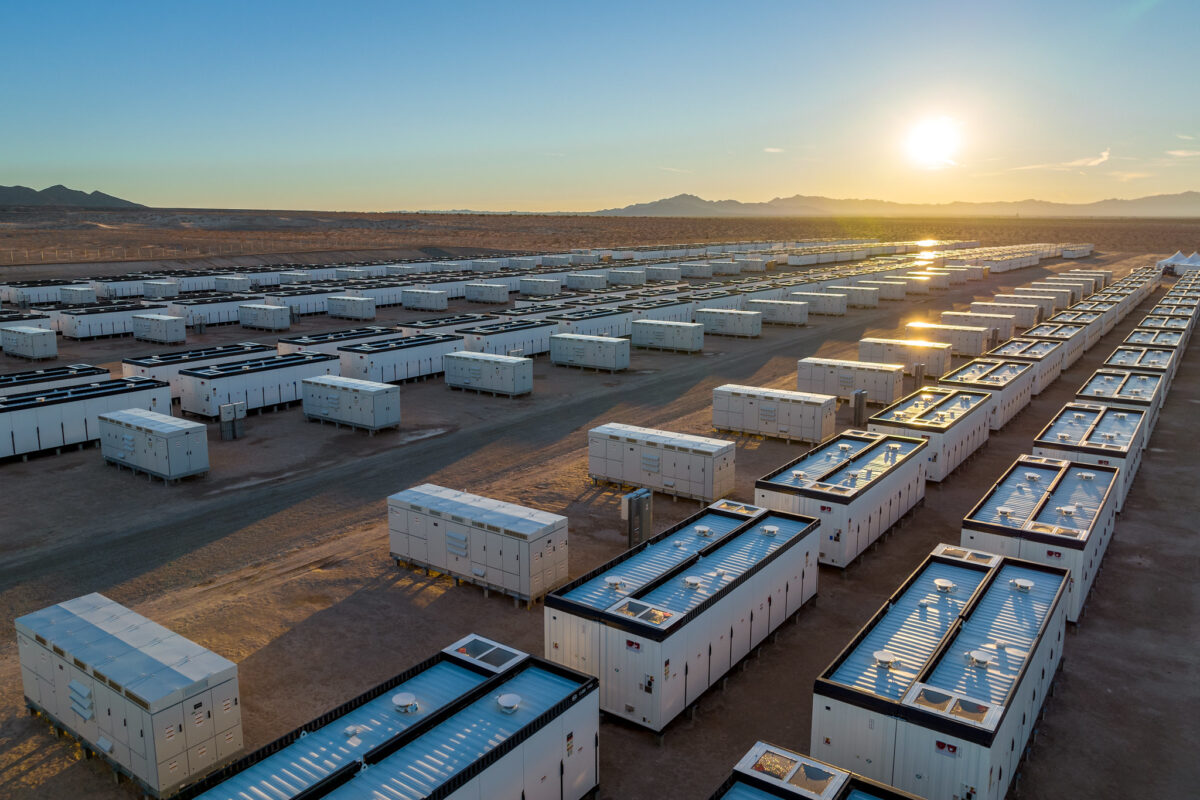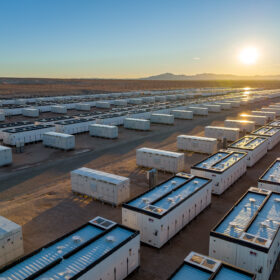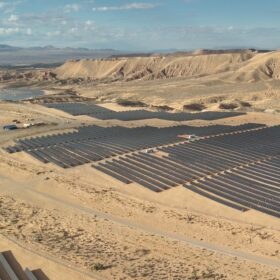Scientists from Colorado State University have conducted field research on vegetable crop growth located below PV modules with varying transparency. The vegetables are grown under thin film, semi-transparent cadmium telluride (St-CdTe) modules with a transparency of 40%, bifacial monocrystalline silicon (BF-Si) modules with a transparency of 5%, and opaque polycrystalline silicon (O-Si) modules with a transparency of 0%.
“Semi-transparent PV (STPV) module technology has emerged as a potential solution to mitigate the negative effects of dense shade in cropping systems while maintaining a high module density,” said the academics. “To our knowledge, this is the first replicated research experiment that evaluates module transparency types in an irrigated vegetable field setting.”
The experiment was conducted over two growing seasons, 2020 and 2021. The study site was located in Fort Collins, Colorado, USA, in a field designated for research. Overall, the growth of six vegetables was tested: jalapeño pepper, bell pepper, lettuce, summer squash, Tasmanian chocolate tomatoes, and red racer tomatoes.
“There were three planted rows across the entire site – north, middle, and south,” explained the group. “Lettuce, peppers, and tomatoes were planted in two offset sub-rows in 0.9 m beds covered with black plastic mulch in the north and south rows. Squash was exclusively planted in the middle row both years with 1.2 m spacing on center.”
As for the PV modules, the scientists used three of each type. They were installed in a set position of 35 degrees facing south, with the bottom edge of the modules 1,220 mm above the ground and the back at a height of 2,360 mm. The ST-CdTe modules had a rated output of 57 W, the BF-Si had 360 W, and the O-Si had 325 W.
“Each of the 12 crop subplots, including both PV arrays and control plots, spanned a width of 4.3 m, with a 4.3 m spacing between adjacent subplots,” the researchers said. “Due to the single pole mount configuration, the shadow cast from the modules moved throughout the day. With this, the crops received direct sun early and late in the day, with maximum shade during the peak hours of the day and immediately under the modules.”
Per the results, the summer squash under all three module types displayed significantly lower yields than the control plot, regardless of the module transparency type. While in the control plot, under full sun conditions, the squash yielded 5.1 kg per plant, it grew 3.2 kg in the BF-Si scenario, 3.2 kg in the O-Si scenario, and 4.1 kg in the ST- CdTe scenario.
The other vegetables had equal or higher average yields to the control under the 40% transparent ST-CdTe treatment but with no statistically significant differences. The jalapeño peppers yielded 155 g per plant in full sun, 161 g in the BF-Si, 155 g in the O-Si, and 162 g in the ST- CdTe, while the bell pepper yielded 295 g per plant in full sun, 294 g in the BF-Si, 278 g in the O-Si, and 346 g in the ST- CdTe.
The lettuce weight per head was 105 g in full sun, 126 g in the BF-Si, 111 g in the O-Si, and 129 g in the ST- CdTe. The Tasmanian chocolate tomatoes had an average of 926 g per plant in full sun, 1,060 g in the BFSi, 1,069 g in the O-Si, and 1,278 g in the ST- CdTe. Lastly, the red racer tomatoes had 867 g per plant in full sun, 733 g in the BF-Si, 903 g in the O-Si, and 962 g in the ST- CdTe.
“The optimization of the agri-PV array with semi-transparent PV modules could increase agricultural production while maintaining the added protection of an energized canopy in traditional APV systems,” the researchers concluded. “More research is needed to better understand the economic tradeoffs between increased module transparency compared to vegetable crop production, while also considering the increased energy yield from module bifaciality.”
Their findings were presented in “Vegetable Crop Growth Under Photovoltaic (PV) Modules of Varying Transparencies,” published in Heliyon.
This content is protected by copyright and may not be reused. If you want to cooperate with us and would like to reuse some of our content, please contact: editors@pv-magazine.com.








What a positive study. We believe this will become the new model for growing the nations food and foliage both on a large national scale as well as individually- home gardens. Exciting! Let’s do this!